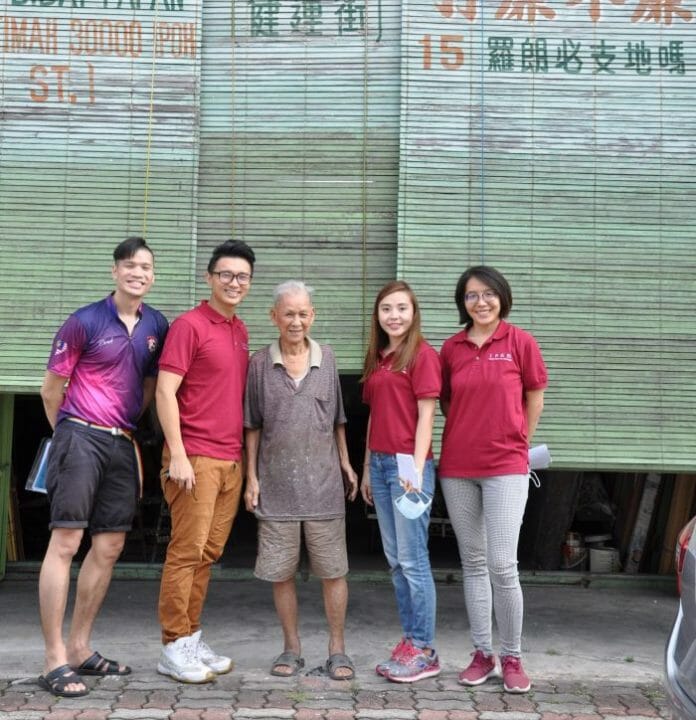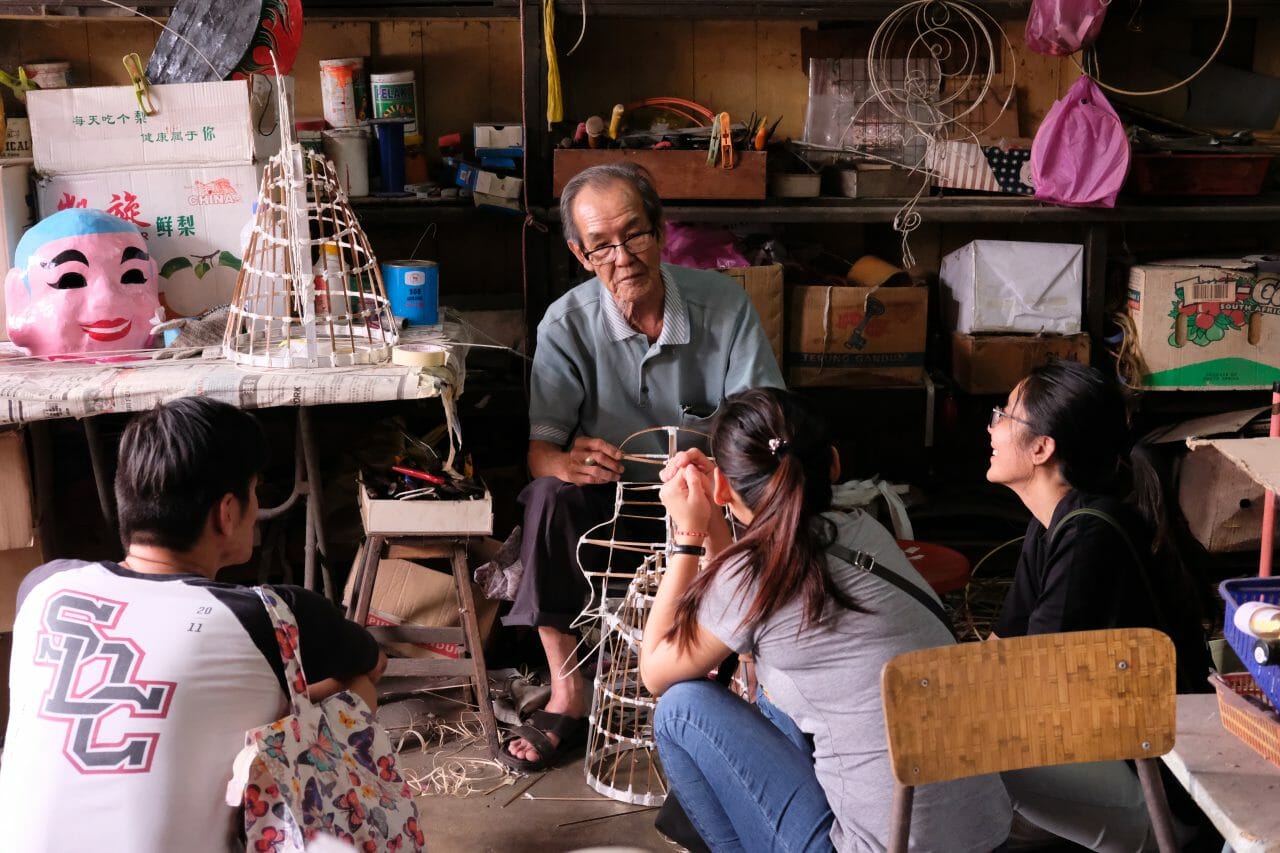Ipoh – a serene city tucked away in the northwestern part of Peninsular Malaysia has predominantly been a detour for tourist (both local and international) sojourning between the north and the south.
The biggest allure of this quaint little city is its gastronomical treats being recognized more than once as a food haven with its’ signature white coffee, dim sum, chicken noodle, a delectable collection of confectioneries, and many more. Complementary to its epicurean delights, Ipoh is also famous for its Instagram-able destination backdrop with Concubine Lane in Old Town beings its most recognizable.
Born in Ipoh, Dr Teh is particularly proud that her hometown has over the years caught the positive embrace of many local and foreign tourists. She had witnessed first-hand the evolutionary transformation of Ipoh from a humble sleepy town to it now becoming one of the most happening destinations in the country and the region.
Personally, Dr Teh believes that the tourism development in Ipoh could have been better aligned with its’ original identity. Take for example the infamous Concubine Lane with its tangible architectures that could have to metamorphose to be more alluring with the careful preservation of the ambiance of the British colonial era; a signifying reflection of the vigorous tin mining development of Ipoh throughout the years.
Alas, the lack of effort in conservation of the intangible aspects of this timeless location, such as its history and origins have resulted in the loss of its significant identity. This intangible heritage is just one source of cultural awareness and historical pull factor for many tourists in addition to its picturesque backdrops.
For any location undergoing long-term plans for tourism development, the ultimate objective of projecting the identity of the place via appropriate tourism settings is relatively important.
For instance, Jonker Street in Malacca is often compared to Concubine Lane. While despite the fact that you may see many commercial vendors along Jonker Street (which puts some form of attraction for tourists), yet the strong Baba Nyonya identity and substance of Malacca’s rich history inherited from the early trade scenes can still be experienced today. On the other hand, Concubine Lane in Ipoh pales in comparison to achieving this prolific stage of identity. The vendors along Concubine Lane peddle mostly irrelevant merchandise incongruous with its heritage. This will result in many tourists losing attraction and interest in a place precipitously because of its un-uniquely heritage identification. This beckons the question: “What noteworthy heritage does Ipoh project in the minds of international tourists?”
Hence, it is imperative for the tourism development course to be re-railed back on its right track in order to promote and sustain Ipoh’s local vendors’ businesses and the community’s identity. When one lives in a place without a solid local identity, one cannot begin to portray its strength and heritage to foreigners.
To answer this challenge, The Ipoh Preservation on Heritage Project (aka I.P.O.H. Project) was birthed and initiated by a group of researchers from Sunway University in a time where Intangible Cultural Heritage in Malaysia begins to take center stage. This project seeks to immortalize the craftsmen (and their vanishing craftsmanship), who are unfortunately being under-shadowed by the mercenary of touristy products. In fact, these crafts represent Ipoh’s uniquely rich history and long-standing identity since the early years. These include the likes of tin smith, lion head, traditional clogs, Hainanese Kopitiam, shutter blinds and blinds painting, ancestral altar plaques, and Hiong Piah (with many more to come). Their legacies presently are under siege by the wave of modernization and face the threat of extinction. From this small initiative, this project’s objective is to convene the efforts of various stakeholders to preserve and protect the legacy for better future development of Ipoh. As an initial milestone, the project has succeeded in documenting the aforementioned crafts and is proud to showcase them here: www.ipohproject.com.
The project team is always open to any interested parties who wish to seek further information and explore possible collaboration to share the same vision for the preservation of intangible cultural heritage as a legacy for future generations to come.
Written by Dr Teh Pek Yen & Assoc. Prof. Dr Derek Ong Lai Teik
Dr Teh Pek Yen, Senior Lecturer- School of Hospitality and Service Management (SHSM)
Assoc. Prof. Dr Derek Ong Lai Teik, Department of Marketing Strategy and Innovation, Sunway University Business School (SUBS)










